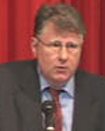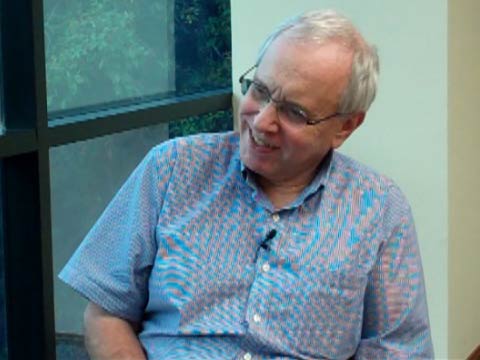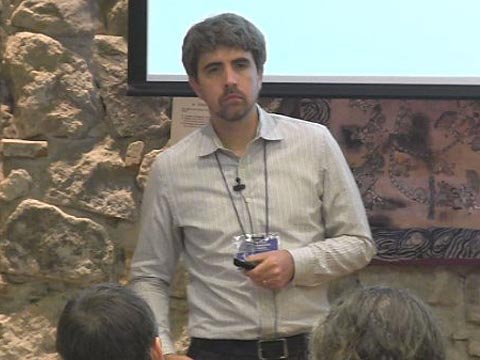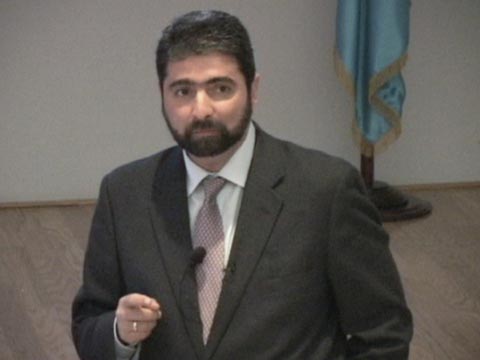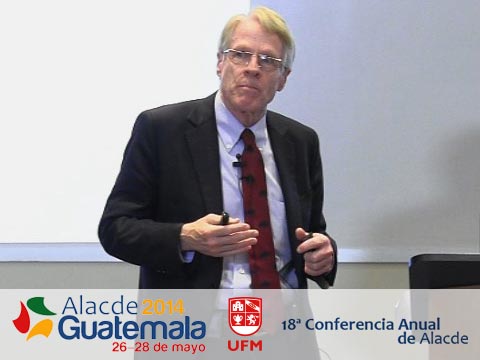About this videoCapital-based macroeconomics is defined as the integration of capital structure into macroeconomics. In this lecture Antony Mueller, PhD, analyzes the model and makes some changes to the approach developed by Robert W. Garrison in Time and Money, regarding inflation and deflation. Dr. Mueller explains the importance of capital to achieve economic growth. He talks about the roundabout methods of production (Roundaboutness) and analyzes the Hayekian triangle which shows the stages of production and the relationship between savings and economic growth. He also examines the natural and cyclical production frontiers, talks about the productivity-induced expansion and the money-induced expansion, and gives his point of view regarding the expansive monetary policy that leads to inflation if it is not backed up by higher authentic savings. Dr. Mueller comments on productivity gains, inflation targeting, credit expansion and credit crunch, and finally, compares the Austrian, Keynesian and Monetarist disaggregation. |
|
CreditsInflation and Deflation in a New Capital-based Macroeconomic | |





